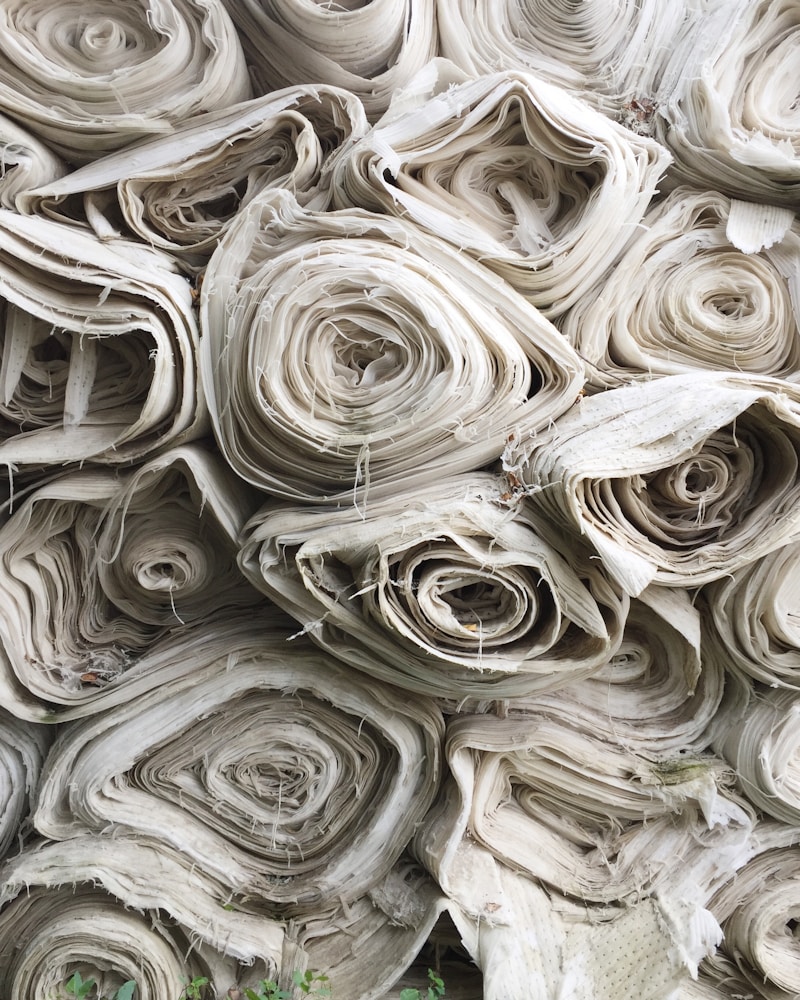The Richness of Cultural Fabric Traditions Around the World
Understanding Cultural Fabric Traditions
Cultural fabric traditions represent the rich tapestry of heritage, customs, and craftsmanship that define various communities across the globe. From intricate weavings to vibrant patterns, these practices not only serve as a form of artistic expression but also encapsulate the history, beliefs, and social values of a culture. This article delves into the significance of these traditions, their various forms, and the ways in which they continue to be practiced and celebrated in modern society.
The Significance of Cultural Fabric Traditions
Fabric traditions are more than just textiles; they are embodiments of identity and narrative. Within this realm, traditional textiles often carry profound meanings. For instance, specific colors and patterns can symbolize community, status, or life events. Understanding the significance of these fabrics provides insight into how different cultures perceive their surroundings and express their identities.
1. Historical Context of Fabric Traditions
Throughout history, fabric traditions have evolved hand in hand with community development. In many cultures, weaving was initially a necessity for survival, transforming raw materials into usable items for daily life. Over time, these practices morphed from functional to decorative, integrating aesthetic elements and cultural storytelling.
2. Diverse Techniques and Practices
Across the globe, various regions showcase unique textile techniques. For instance:
| Region | Technique | Special Characteristics |
| South America | Andean Weaving | Bright colors, intricate patterns, often depicting local myths. |
| India | Block Printing | Hand-carved wooden blocks for printing, showcasing elaborate designs. |
| West Africa | Kente Weaving | Striking patterns, often made for ceremonial occasions. |
| Japan | Shibori Dyeing | Complex techniques for creating patterns through binding and dyeing. |
Each of these techniques reflects not only the availability of resources but also the cultural narratives that have passed through generations.
3. The Role of Cultural Fabric in Identity
Fabrics are often closely tied to identity. In many indigenous cultures, specific fabrics can signify membership within a community or represent distinct cultural narratives. For example, in the Pacific Islands, the traditional use of tapa cloth can convey social status and cultural beliefs, while in Native American cultures, specific patterns may represent tribal affiliation or spiritual beliefs. Preserving these traditions is vital for maintaining cultural identities.
Modern Impact and Globalization
The influence of globalization has inevitably impacted cultural fabric traditions. On one hand, it has led to a greater appreciation of diverse fabrics worldwide, providing artisans with broader markets. However, it has also raised concerns about cultural appropriation and the commodification of indigenous practices.
1. Preserving Tradition in a Modern World
In response to globalization, many communities are striving to preserve their unique fabric traditions. Initiatives can include workshops focused on traditional techniques, educational programs aimed at younger generations, and collaborative projects that encourage cultural exchange while maintaining authenticity. Efforts like these play a crucial role in keeping traditions alive in the digital age.
2. The Future of Cultural Fabric Traditions
Looking ahead, the future of cultural fabric traditions hinges on the balance of preservation and innovation. As artisans experiment with traditional methods and contemporary designs, they continue to engage younger audiences. Furthermore, sustainable practices are being integrated into traditional fabric production, reflecting broader global movements towards environmental consciousness.
Common Questions About Cultural Fabric Traditions
As interest in cultural fabric traditions grows, here are some frequently asked questions:
- What are the benefits of preserving cultural fabric traditions? Preserving these traditions promotes cultural diversity, fosters community pride, and supports local economies.
- How can I learn more about fabric traditions in my region? Seek out local cultural centers or artisan workshops that specialize in these crafts.
- Can cultural fabric traditions be integrated into modern fashion? Yes, many designers are blending traditional fabrics with contemporary styles, creating unique fashion statements.

Conclusion and Recommendations
Cultural fabric traditions serve as vital links to our past and play a key role in shaping identities. In an increasingly globalized world, it is essential to honor and perpetuate these practices. Engaging with local artisans, visiting cultural sites, and participating in workshops are excellent ways to experience and support these traditions. Remember, every piece of fabric tells a story—let's ensure that these stories are passed on to future generations.
By understanding and valuing the cultural fabric traditions, we cultivate respect for the diverse legacies that define our shared human experience. Preservation and innovation are both crucial as we navigate the future of textile arts.